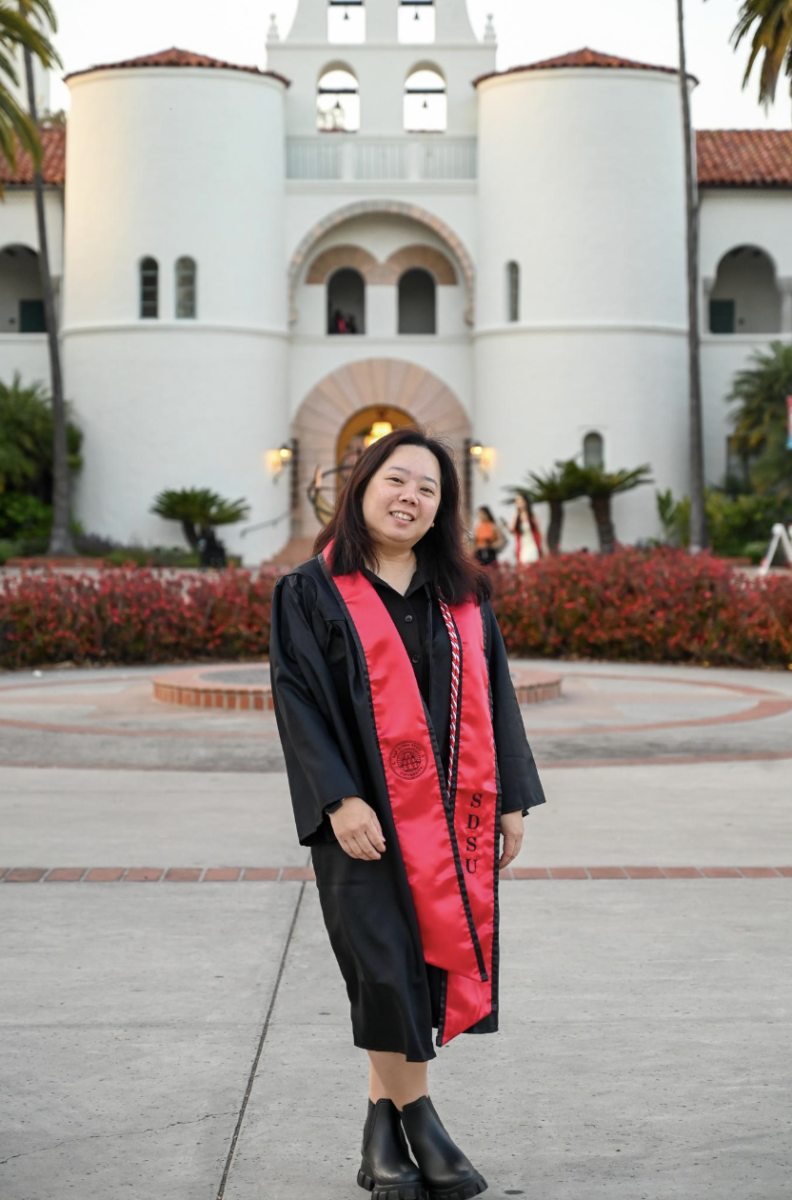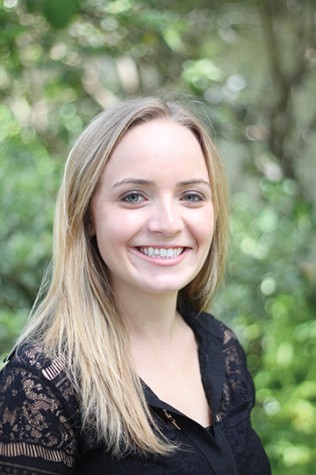During the day, San Diego State is a beautiful institution for students to live and learn. However, at night, the reality of safety concerns takes a higher priority. In order to combat assaults and other crimes, the SDSU Police Department provides escort services for students to any on-cam- pus location. Ideally, this program should ease the concerns of students in unsafe circumstances. Unfortu- nately, the program is not as effective as many hope.
The SDSU Safety Escort Service is available to all students, faculty and staff between 5-11 p.m. After these times, SDSUPD officers respond to escort requests. According to Aux- iliary Services Coordinator Shawn Brown, a maximum of two campus service officers are available per shift. Brown plans on adding an additional shift, which would still make for an extremely small group compared to the SDSU population. With few of- ficers available, students suffer long wait times once they’ve requested an escort. Not only is this a frustrating inconvenience, it could lead to poten- tially dangerous conditions if the stu- dent is waiting in an unsafe location or circumstance.
Once an escort arrives, there is a whole new set of problems. If, for example, it is late at night and a stu- dent wishes to be escorted to his or her off-campus home, the request will be denied. The escort system, as well as the SDSUPD, only accompa- ny students to on-campus locations. This leads me to wonder where the drop-off point would be. If a student lives only a mile away, would he or she be walked to the edge of cam- pus and then told to go at it alone?
Obviously, students who live out of walking distance from campus can- not be accommodated. But it should be reasonable for those who live in the College Area to be safely escorted home. Only 12 percent of SDSU stu- dents live on campus, leaving the rest to fend for themselves on late-night trips without the same protection.
Many students who used the ser- vice had less than satisfactory experi- ences. Business management sopho- more Shelby Mundee said when she requested an escort, she was asked to wait on a street corner. She felt unsafe staying in this location but had no other way of contacting the escort system. This forced her into a potentially dangerous situation to receive the protection she requested. An easily implemented alternative would be asking the student to wait inside the closest building rather than outdoors.
Cellular and molecular biology sophomore Clarice Mendoza shared an even more unsettling account. Mendoza called the escort system to accompany her and several fe- male friends to their cars in Parking Structure 4. It was late at night and the girls felt uncomfortable making the trip on their own. However, the escort service felt it was unnecessary and told the girls their group was large enough to walk alone. These girls were attempting to make a pro- active decision about their safety, but were neglected by the people whose job it is to help them. If a student feels unsafe, it is the duty of the SDSUPD to alleviate those fears, regardless of how valid the concerns appear.
Other college campuses with similar services have adjusted their programs to more efficiently benefit students. The University of Southern California allows its escort system to accompany students as far as one mile off campus. This allows for a much larger proportion of the student body to arrive home safely, rather than just those who live on campus.
The University of Oregon takes it one step further. It provides its stu- dents with a Designated Driver Shut- tle. Through this program, students are granted one ride home per night, free of charge, without any unreason- able restrictions based on location. In addition, its “No-Questions-Asked Policy,” indicates the main concern: safety of the student, rather than per- secuting underage drinking. Adopt- ing a system such as this at the SDSU campus could significantly better the safety of students, as well as reduce many alcohol-related assaults.
Attempting to walk home after a long night of partying is dangerous. If we could feel comfortable calling an escort service in these situations, without fear of legal repercussions, it could save many students from det- rimental experiences. When I asked Brown about the underage alcohol policy of the SDSU Escort Service, he declined to answer because he is not a law enforcement officer.
A campus suffering from seem- ingly endless crime alerts could do much more to ensure the safety of its students. The Safety Escort Ser- vice and the SDSUPD took the first steps toward creating a safe campus community, but a few small changes could make a drastic difference. We have the capability to make students, faculty and staff at SDSU feel safer. There is no excuse to not do all we can to achieve it.








